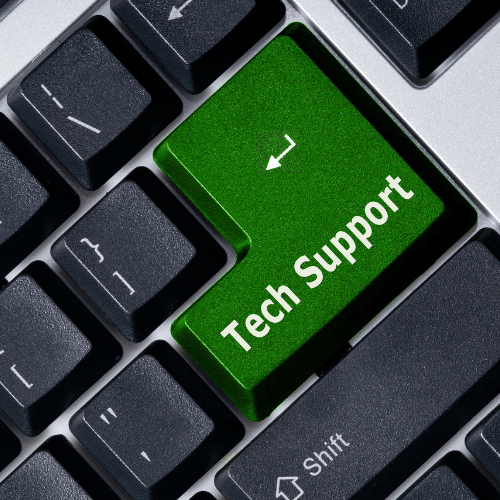
18 Jun High-Tech Pest Solutions
Evolution of Pest Control Tech
Modern pest control has come a long way from its humble beginnings. In South Florida, where pests are a constant challenge, technological advancements have revolutionized the industry. At Pest Busterzz, a family-owned organic pest control company, we are committed to using the latest technology to provide the most effective solutions for our clients. Whether you’re a renter, homeowner, or business owner, understanding how technology enhances pest control can help you make informed decisions.
In the early days, pest control methods were rudimentary, often relying on simple traps and natural repellents. These methods were labor-intensive and not always effective. Over time, chemical pesticides were introduced, providing a more efficient means of controlling pests. However, these chemicals posed health risks and environmental concerns. The need for safer and more effective solutions led to the development of modern pest control technologies.
The transition from basic techniques to advanced technology has been gradual but significant. Today, pest control professionals use a combination of traditional methods and cutting-edge technology to manage pests effectively. This evolution reflects a broader trend towards sustainability and safety in pest control practices.
Smart Pest Management
Modern pest control leverages a variety of technological innovations to tackle pest problems. These advancements include electronic monitoring systems, smart traps, drones, data analysis, and mobile apps. Each of these technologies plays a crucial role in improving the efficiency and effectiveness of pest control services.
Technology has not only made pest control more efficient but also more environmentally friendly. Innovations like eco-friendly pesticides and biological control methods have reduced the reliance on harmful chemicals. This shift towards sustainable pest control solutions is a testament to the industry’s commitment to protecting both human health and the environment.
Continuous Pest Surveillance
Electronic monitoring systems have transformed the way pest control professionals detect and manage pest activity. These systems use sensors and cameras to monitor pest activity in real-time. The data collected is then analyzed to identify patterns and predict potential infestations. This proactive approach allows for early intervention, reducing the risk of a full-blown infestation.
One of the significant benefits of electronic monitoring is its ability to provide continuous surveillance. Unlike traditional methods that rely on periodic inspections, electronic monitoring systems offer 24/7 coverage. This constant vigilance ensures that any signs of pest activity are detected and addressed promptly.
Smart traps are another technological innovation that has improved pest control efficiency. These traps are equipped with sensors that detect when a pest has been captured. The trap then sends a notification to the pest control professional, allowing for immediate action. This eliminates the need for regular manual checks, saving time and effort.
Smart traps also provide valuable data on pest activity. The information collected can be used to identify hotspots and determine the most effective treatment strategies. This data-driven approach enhances the overall effectiveness of pest control efforts.
Modern IPM Techniques
Integrated Pest Management (IPM) is a holistic approach to pest control that combines multiple strategies to manage pests effectively. IPM focuses on long-term prevention and uses a combination of biological, physical, and chemical methods. The goal is to minimize the use of harmful chemicals while effectively controlling pest populations.
IPM is an essential component of modern pest control, promoting sustainable and environmentally friendly practices. By integrating various control methods, IPM provides a comprehensive solution to pest problems, reducing the risk of resistance and ensuring long-term effectiveness.
Technology plays a vital role in enhancing IPM strategies. For example, data analysis tools can help identify pest trends and inform treatment decisions. Drones can be used for aerial surveillance, providing a bird’s-eye view of potential problem areas. Smart traps and electronic monitoring systems offer real-time data, enabling proactive management of pest populations.
These technological tools make IPM more effective and efficient. By leveraging technology, pest control professionals can implement IPM strategies more precisely, ensuring better outcomes and minimizing environmental impact.
Advanced Eco Pesticides
The development of eco-friendly pesticides is one of the most significant advancements in pest control technology. These products are designed to be effective against pests while minimizing harm to humans, pets, and the environment. Eco-friendly pesticides often use natural ingredients or low-toxicity chemicals that break down quickly, reducing their impact on the ecosystem.
Technology has played a crucial role in the development of these safer pesticides. Advanced research and testing methods have enabled scientists to create products that are both effective and environmentally friendly. This shift towards eco-friendly solutions reflects a broader trend in the pest control industry towards sustainability and safety.
Biological control methods use natural predators, parasites, or pathogens to manage pest populations. These methods are an essential component of IPM and offer a sustainable alternative to chemical pesticides. Technology has enhanced the effectiveness of biological control by enabling the precise identification and deployment of biological agents.
For example, genetic engineering and advanced breeding techniques have produced more effective natural predators. Additionally, data analysis tools can help track the success of biological control programs and inform future strategies. These technological advancements have made biological control a viable and effective option for modern pest management.
Drones for Pest Detection
Drones have emerged as a powerful tool in modern pest control. These unmanned aerial vehicles can cover large areas quickly and provide detailed imagery of potential problem spots. Drones are particularly useful in agricultural settings, where they can monitor crops for signs of pest damage and apply treatments precisely where needed.
The use of drones in pest control offers several benefits. They can access hard-to-reach areas and provide a comprehensive view of the landscape. This aerial perspective allows pest control professionals to identify issues that might be missed during ground inspections. Drones can also be equipped with sensors to detect pest activity and environmental conditions that favor infestations.
Aerial surveillance with drones offers numerous advantages for pest control. First, it provides a bird’s-eye view of the area, allowing for the identification of hotspots and potential entry points. This comprehensive overview enables targeted treatments, reducing the need for widespread pesticide application. By focusing on specific areas, pest control professionals can use fewer chemicals, minimizing environmental impact.
Second, drones can monitor large areas quickly and efficiently. This capability is especially valuable in agricultural and commercial settings, where extensive properties need regular inspection. Drones can cover these areas in a fraction of the time it would take to do so manually, saving time and resources.
Data-Powered Pest Solutions
Data has become a critical component of modern pest control. The information collected from various monitoring systems and traps provides valuable insights into pest behavior and activity patterns. By analyzing this data, pest control professionals can make informed decisions about treatment strategies and timing.
Data analysis tools can identify trends and predict potential infestations, allowing for proactive management. For example, if data shows an increase in pest activity in a particular area, treatments can be scheduled before a full-blown infestation occurs. This proactive approach reduces the need for extensive treatments and minimizes disruption.
Predictive analytics takes data analysis a step further by using advanced algorithms to forecast future pest activity. These predictive models consider various factors, including weather conditions, pest life cycles, and historical data. By anticipating pest outbreaks, pest control professionals can implement preventive measures, reducing the likelihood of infestations.
Predictive analytics helps optimize pest control efforts, ensuring that resources are used efficiently. This technology allows for more precise and effective treatments, minimizing the impact on the environment and non-target species. As predictive analytics continues to evolve, it will play an increasingly important role in modern pest control.
Pest Control on Your Phone
Mobile apps have become a valuable tool for both pest control professionals and customers. These apps offer a range of features, from scheduling treatments to tracking pest activity. For pest control companies, apps streamline operations by providing a central platform for managing appointments, monitoring systems, and customer communications.
For customers, pest control apps offer convenience and transparency. They can schedule treatments, receive notifications, and access reports from their smartphones. This easy access to information enhances customer satisfaction and fosters trust in the pest control process.
Technology has significantly improved the customer experience in pest control. Mobile apps and online platforms provide customers with real-time updates and easy access to information. For example, customers can receive notifications when a technician is on their way or when a treatment has been completed.
These technological advancements help build trust and transparency between pest control companies and their clients. By keeping customers informed and engaged, pest control professionals can ensure higher satisfaction rates and stronger customer relationships.
Conclusion
The role of technology in modern pest control cannot be overstated. From advanced monitoring systems to eco-friendly pesticides and drones, technology has transformed the industry, making it more efficient, effective, and environmentally friendly. These innovations have enabled pest control professionals to provide better services while minimizing the impact on the environment.
At Pest Busterzz, we are committed to leveraging the latest technology to deliver top-notch pest control solutions to our clients. Whether you are dealing with insects, rodents, termites, or any other pests, our team of experts is here to help. By staying at the forefront of technological advancements, we ensure that our clients receive the best possible care.
If you have any questions or need further assistance, please do not hesitate to contact us. Our team at Pest Busterzz is always here to help you with your pest control needs. Thank you for choosing Pest Busterzz, and we look forward to serving you in the future.


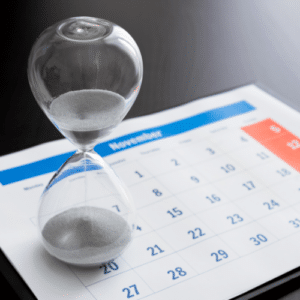
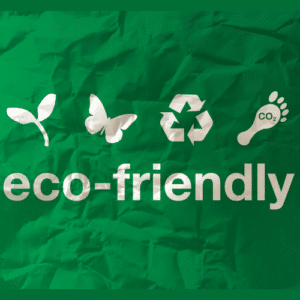
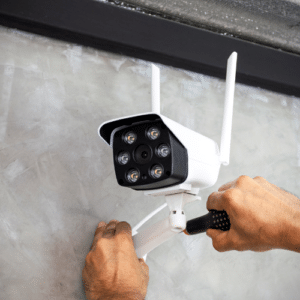
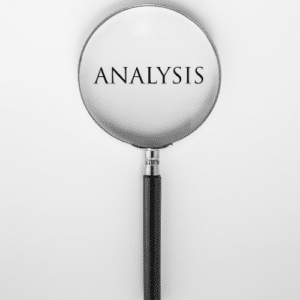
No Comments